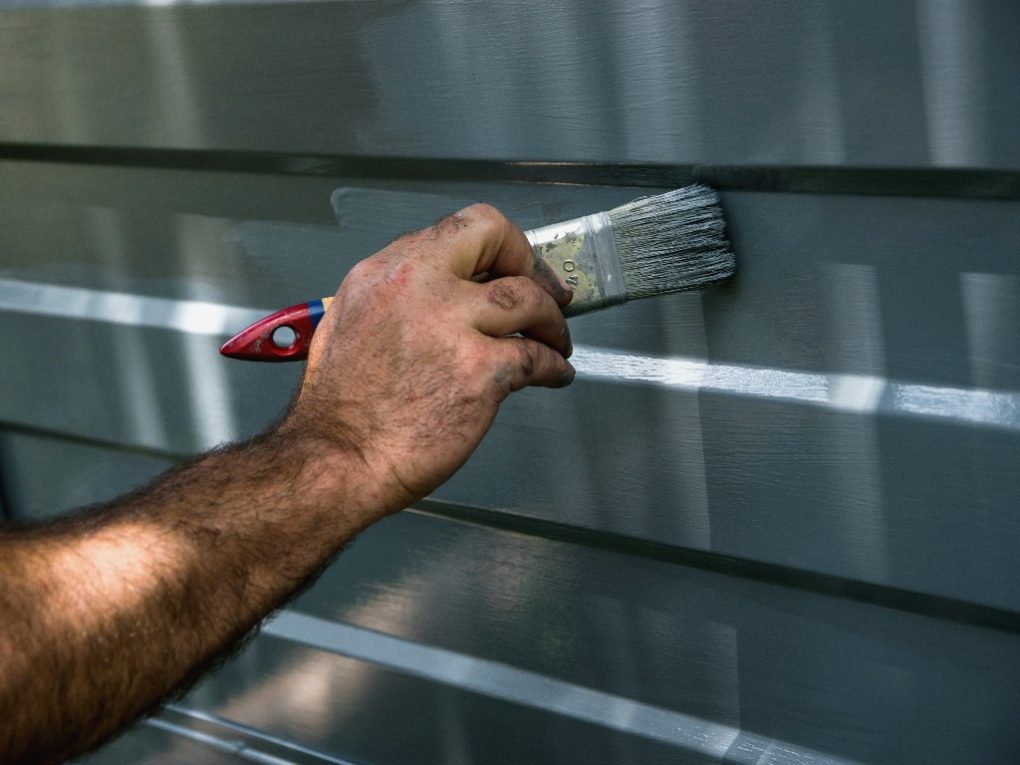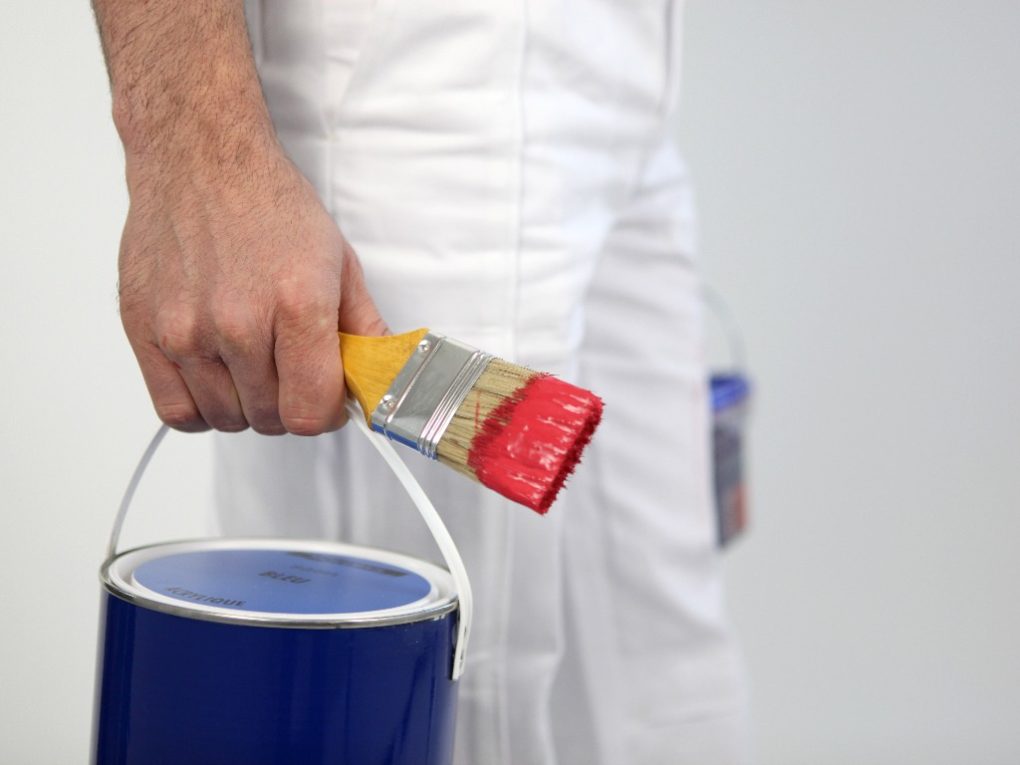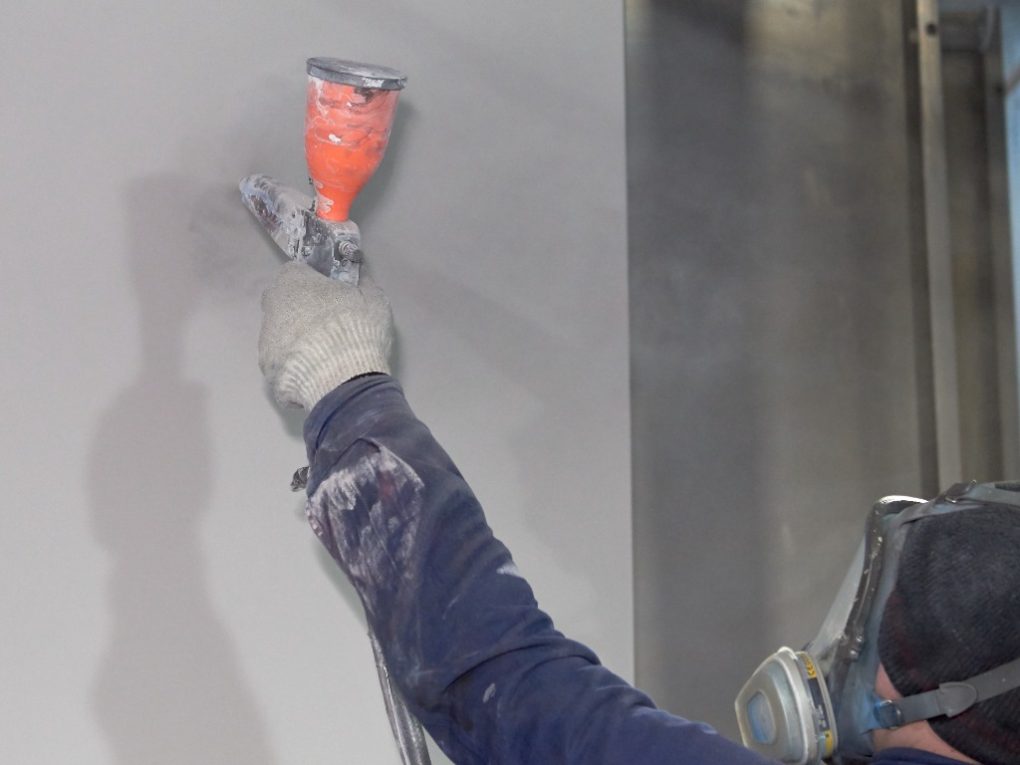Best Paints for Aluminum Siding: A Comprehensive Guide
Several types of paint are best for use on aluminum siding, including acrylic, oil-based, and elastomeric paints. Each type of paint has its own unique set of benefits and drawbacks, and the best choice depends on different factors, such as the climate in your area, the condition of your siding, and your personal preferences.


You can achieve a beautiful, long-lasting finish on your aluminum siding with the right paint and proper preparation. There are a few factors to consider when choosing the best paint for aluminum siding, including durability, adhesion, and weather resistance.
One of the most vital things to remember is that not all paints are suitable for use on aluminum siding. Some paints may not adhere well to the smooth, slick surface of aluminum, while others may not be able to withstand harsh weather conditions. Therefore, choosing a paint specifically formulated for aluminum siding is important to ensure the best results.
Choosing the Right Paint for Aluminum Sliding
Types of Paint
Two main types of paint can be used when painting aluminum siding: latex and oil-based paint. Latex paint is less likely to chip and peel, and it’s also easier to clean up. On the other hand, oil-based paint provides better coverage and is more durable. However, oil-based paint requires more cleanup and can be more difficult to apply.
There are also special paints designed specifically for aluminum siding used. These paints are formulated to be more flexible, which helps prevent cracking and peeling. They also have better adhesion, which means they will stick better to the surface of the siding.
Color Selection
When choosing a color for aluminum siding, there are a few things to remember. First, it’s important to choose a color that complements the style and architecture of the home. Neutral colors like beige, gray, and white are popular choices, but bolder colors like blue or green can add a pop of personality to the home. It’s also important to consider the climate and location of the home.
Lighter colors reflect heat, which can be beneficial in warmer climates. Darker colors absorb heat, which can benefit colder climates, but darker colors may also fade more quickly in direct sunlight.


Before deciding on the color, I always test a small area of the siding with the chosen paint to see how it looks in different lighting conditions. This can help avoid surprises or regrets once the house is painted.
How to Paint an Aluminum Sliding
- Preparing the Surface
Before painting aluminum siding, it is essential to prepare the surface properly. This will ensure that the paint adheres well and lasts long. The preparation process involves cleaning the siding and sanding the surface.
The first step in preparing the surface is to clean the aluminum siding. The siding should be free of dirt, grime, and other debris. To clean the siding, use a garden hose or pressure washer, or scrub it by hand.
Scratch off any peeling paint or other residue from the surface using a paint-scraping tool. Be sure to wear gloves and goggles when using a scraping tool. After removing the debris, use a cleaning solution to wash the siding.
A simple solution of water and mild detergent will work well. First, apply the solution to the siding using a soft-bristled brush or a sponge. Next, rinse the siding thoroughly and let it dry completely before sanding.
Sanding the surface of the aluminum siding is essential to create a smooth surface for the paint to adhere to. Sanding will also help to remove any remaining paint or residue from the surface.
Start by using 80-grit sandpaper to sand the siding. This will help to remove any rough spots or bumps on the surface.
Once the surface is smooth, use 220-grit sandpaper to sand the siding again. This will create a surface that is smooth and ready for painting. After sanding, use a clean cloth to wipe away any dust or debris from the surface. The siding is now ready for priming and painting.
- Painting Techniques
When painting aluminum siding, there are two main techniques: brushing and spraying. Each technique has advantages and disadvantages; the choice ultimately depends on the painter’s preference and skill level.
Brushing is a traditional method that involves using a paintbrush to apply the paint. It is a slower process that requires more time and effort, but it is also more precise and allows for better control. Brushing is ideal for small areas, touch-ups, and detailed work.
On the other hand, spraying involves using a paint sprayer to apply the paint. It is a faster process that covers larger areas quickly and evenly, but it requires more skill and experience to achieve a smooth and consistent finish. Spraying is ideal for large areas and exterior surfaces but may not be suitable for small or intricate areas.


Regardless of the technique used, several tips can help achieve a successful paint job:
- Use a high-quality primer that is specifically designed for aluminum siding. This will ensure better adhesion, durability, and protection against rust and corrosion.
- Choose a high-quality paint designed for exterior use and compatible with aluminum siding. Look for a paint that is fade-resistant, weather-resistant, and easy to clean.
- Follow the manufacturer’s instructions for mixing, application, and drying times. Apply the paint in thin and even coats, and avoid over-applying or under-applying.
- Use a paintbrush or a roller to cut around edges, corners, and trim. Use a paint sprayer to cover larger areas and to achieve a smooth and consistent finish.
- Protect surrounding areas with masking tape, drop cloths, or plastic sheeting. Wear protective gear, such as gloves, goggles, and a respirator, to avoid inhaling fumes or getting paint on your skin.
- Drying and Curing
Once the aluminum siding has been painted, allowing it to dry and cure properly is important. This will ensure that the paint adheres well and lasts long. Most paints will dry within a few hours, but waiting before touching or handling the siding is important.
This will give the paint enough time to dry and harden. If the weather is humid or cold, it may take longer for the paint to dry. Curing is the process of allowing the paint to harden and reach its maximum durability fully. During this time, avoiding touching or washing the siding is important, as this can damage the paint.
- Maintenance and Care
Regular maintenance and care can extend the life of your aluminum siding and keep it looking great for years to come. To help you maintain your aluminum siding, inspect it regularly for any signs of damage, such as dents, scratches, or holes. Repair any damage as soon as possible to prevent further damage.
Clean your siding at least once a year to remove dirt, grime, and other debris. You can use a pressure washer or a garden hose with a soft-bristled brush attachment to clean your siding. Avoid using abrasive cleaners or scrubbers on your siding; they can scratch the surface and damage the paint.
Trim any trees or bushes growing too close to your siding to prevent damage from branches or leaves. Inspect and clean your gutters and downspouts regularly to prevent water damage to your siding.
